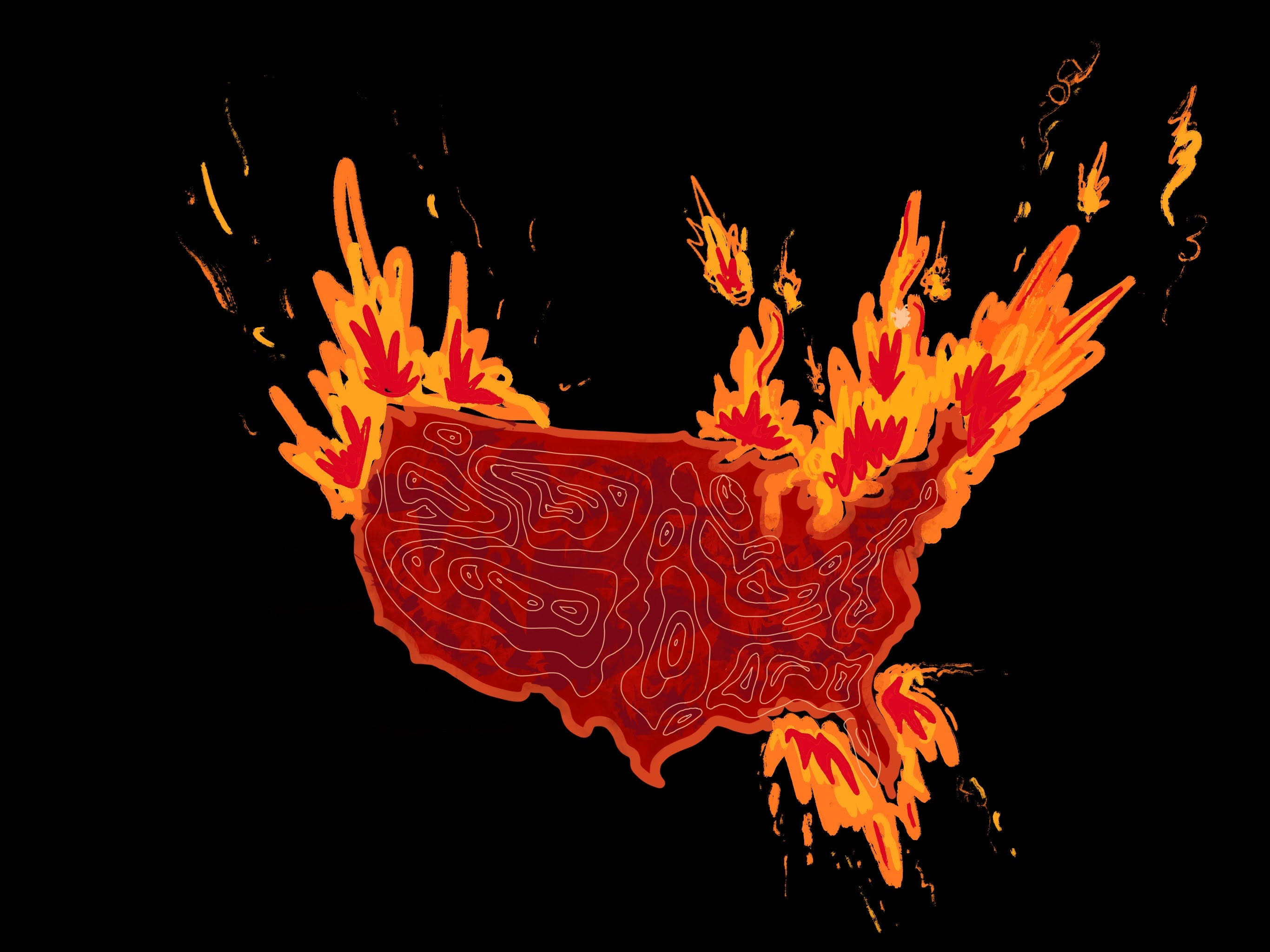Throughout the 1930s, horrific dust storms swept through Western North American, eviscerating agricultural fields and leaving the livelihoods of millions of underprepared farmers in peril. This period, known as the Dust Bowl, was characterized by severe drought and wind erosion. Since then, scientific advances have helped farmers develop more resilient farming practices, but experts anticipate more frequent extreme weather events as the climate crisis continues to worsen.
In a new McGill-affiliated study, researchers found troubling patterns connecting hot and dry weather events with anthropogenic climate change. The increase in frequency and geographic size of dry and hot weather patterns leads to intensified heatwaves and droughts.
McGill scientists, in collaboration with researchers from the University of Utah and the University of California at Irvine, analyzed over a century of average seasonal temperature and precipitation data. They found increases in the intensity, range, and clustering of “dry-hot extremes.” Such events, though not new, are occurring at a much greater frequency than in previous decades, leaving vast areas susceptible to intense drought and facilitating the spread of wildfires.
Mohammed Reza Alizadeh, Ph.D. candidate in the Department of Bioresource Engineering and the lead author of the study, emphasized that these extreme weather events mutually reinforce each other to cause disastrous consequences.
“We looked at two important processes of land-atmosphere feedback: Self-propagation and self-intensification,” Alizadeh said in an interview with the The McGill Tribune. “We are mostly [dealing with] self-propagation, which refers to the movement of systematic aridity and heat from one region to another.”
Arid regions are characterized by a severe lack of available groundwater and are a growing issue for agriculture in places like the American Southwest. Systematic aridity, another term for large-scale moisture deficiency, can propagate from one habitat to another, especially if precipitation patterns are dependent on the levels of ground moisture. As these dry-hot extremes become more clustered together in space, ecosystems can become overwhelmed by heat stress, incapacitating their ability to recover over time.
Due to global temperature increases, heat waves can propagate quickly and widely; when these heat waves are combined with drought, the threat of wildfires grows considerably. Human safety, agricultural output, and ecological health are all put at risk, resulting in dire consequences for the economy.
These disastrous events have already ravaged a significant portion of the North American West Coast. This year alone, over 4 million acres of land were burned, destroying ecosystems and displacing 96,000 people from their homes.
Alizadeh insists that policy makers must do more to prepare for inevitable heat extremes and subsequent wildfires. Those living in high-risk fire zones are already vulnerable to housing insecurity and health problems.
“The recent heatwave events in California caused extensive brown-outs for millions of residents, leaving them with no electricity for air conditioning in scorching heat,” Alizadeh said. “This is compounded by the health orders to stay at home to avoid [the] spread of COVID-19.”
The findings of this study, however sobering, can help high-risk regions like the West Coast of North America and southeastern Australia to adequately prepare for droughts, heat waves, and potential wildfires. If enacted in time, policies intended to curb these warming trends can help lessen the scale of disaster.
“We have to realize that our infrastructure design and social norms may not be proper in a changing climate,” Alizadeh said. “We will have to make hard decisions now to avoid future disasters.”







